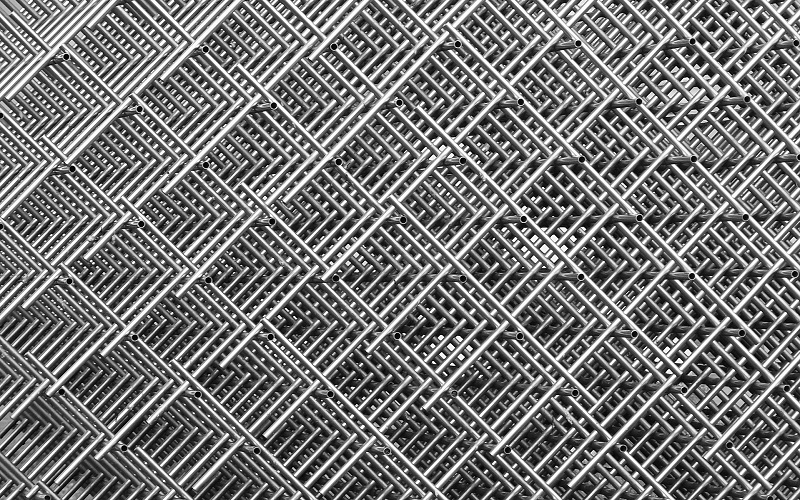In Marvel’s Iron Man movie series, protagonist Tony Stark relies heavily on the artificial intelligence JARVIS for his superhero needs. Not the least of JARVIS’ abilities is designing and constructing Iron Man’s impressive suit of armor. Accomplishing such a task would require a deep knowledge of the physical properties of metals and metallic alloys, an incredible feat given the vast number of permutations of alloy compositions.
Taking us one step closer to a real-life JARVIS, researchers at A*STAR’s Institute of High Performance Computing (IHPC), together with scientists in the US and Russia, have developed a machine learning model for determining the structure-property relationship in multi-principal element alloys (MPEAs).
“The emergence of high-entropy alloys and, more generally, MPEAs, is a paradigm shift in conventional alloy design,” said Mehdi Jafary-Zadeh, a Scientist at IHPC. However, he noted that it is often difficult to assess local lattice distortion—the displacement of atoms away from their ideal positions within an organized structure, or lattice—in MPEAs. Local lattice distortion affects the physical and mechanical properties of the resultant alloys.
Jafary-Zadeh’s group thus invented a machine learning method which they call moment tensor potential (MTP). Instead of training their model using data on the lattice or bulk properties of alloys from experiments or theoretical calculations, the researchers relied on energy, force and stress data obtained from quantum mechanical calculations.
They trained their model on a dataset of 414 different atomic configurations, opting for a ‘learning-on-the-fly’ scheme which reduces the number of quantum mechanical calculations needed to obtain a readout on local lattice distortions. This allowed them to increase the efficiency of the model without sacrificing accuracy.
“Using our MTP model, we calculated the elastic moduli of single-crystal and polycrystalline MPEAs comprising cobalt, iron and nickel,” Jafary-Zadeh said. “Our results were in excellent agreement with theoretical and experimental data, indicating that our method allows us to reliably and effectively explore the dynamic processes such as solidification, plastic deformation and failure mechanisms in MPEAs.”
Going forward, Jafary-Zadeh thinks that the integration of computational techniques with state-of-the-art experiments will be extremely beneficial for the discovery and development of novel alloys with diverse applications.
“We would also like to further extend our machine learning model for interatomic potential by including relevant alloying elements. This will enable the design of a new generation of high-entropy superalloys (alloys for high temperature applications), or those with ultra-high magnetic saturation and electrical resistivity,” he said.
The A*STAR-affiliated researcher contributing to this research is from the Institute of High Performance Computing (IHPC).





